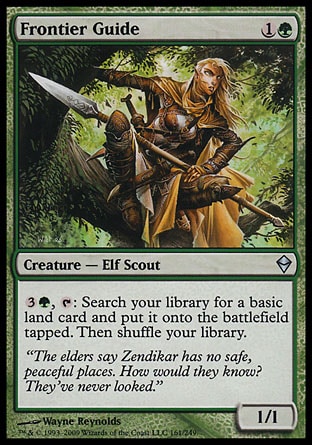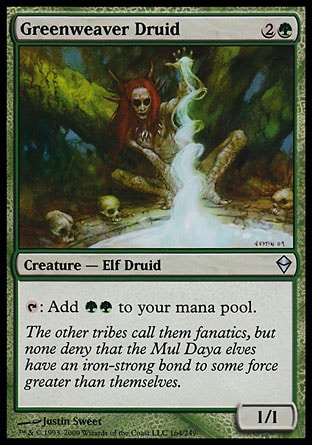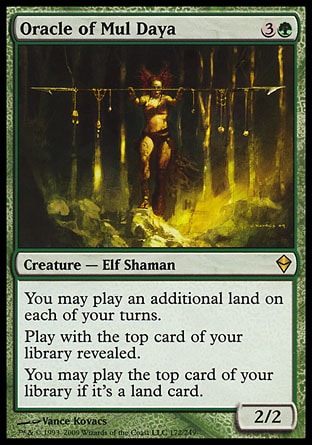 Available Item: 4
Available Item: 4Price: 30/pc
100/set
Gatherer Card Rulings [Nov 2009]
- 10/1/2009: The ability counts the number of allies you control as it resolves.
- 10/1/2009: You target a creature when the ability triggers. You decide whether to have Tajuru Archer deal damage to that creature as the ability resolves.
| Format Legality | Legal in Vintage, Legacy, Extended, Standard Banned in MTGO Classic |
| Printings (1/9) |  Zendikar (Uncommon) Zendikar (Uncommon) |






